JISEA Celebrates a Decade of Energy System Transformation Through Analysis
Ten Years Since Its Founding, the Joint Institute for Strategic Energy Analysis Continues to Provide Critical Insights Linking Energy, Society, and Prosperity
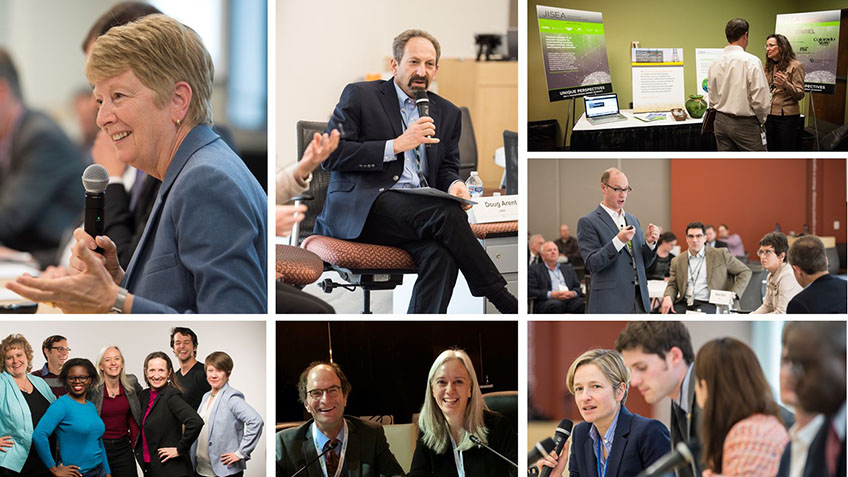
In 2009, leaders at the National Renewable Energy Laboratory (NREL) met to discuss how the creation of an energy institute could help solve important energy problems in the U.S. and globally.
Interest in renewables was taking off: Sustainable energy systems were understood to be viable, and renewable electricity was a growing part of the global and U.S. energy supply—almost 12% of total U.S. installed capacity, mostly hydropower, but solar and wind were starting to increase and interact with traditional energy sources.
The group considered many ideas but kept coming back to the need for credible, objective analysis that evaluated the entire energy system, both renewable and non-renewable.
“The energy system is complicated, with many stakeholders,” said Bobi Garrett, former chief operating officer at NREL. “We wanted to elevate a credible and objective voice to help guide the energy transition, both nationally and globally.”
In 2010, NREL leaders decided to launch the Joint Institute for Strategic Energy Analysis (JISEA)—a partnership between NREL and academia—to look beyond individual technologies and consider the bigger picture of how to develop and deploy renewables within an energy economy.
As Garrett wrote the proposal for the joint institute, she never imagined it would grow to be what it is today.
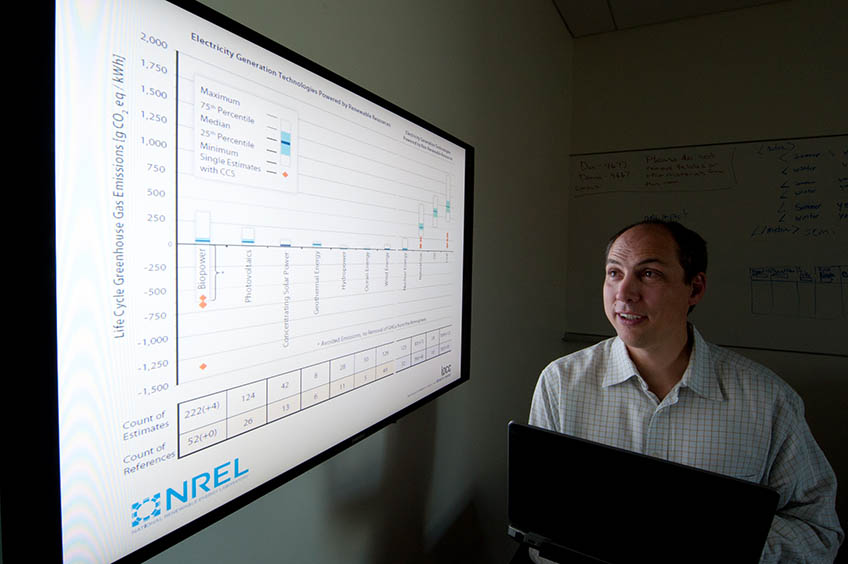
Why a Joint Institute?
JISEA was founded by six partner organizations: NREL, University of Colorado-Boulder, Colorado School of Mines, Colorado State University, Massachusetts Institute of Technology, and Stanford University.
“By doing research at a cutting-edge national lab and partnering with the best universities in the country, you get the best available information about integrated energy systems,” said former Colorado Governor Bill Ritter, member of the JISEA Advisory Council and director of the Center for the New Energy Economy at Colorado State University.
Sharing complementary expertise and resources, the partners created an ecosystem of technology, tools, and knowledge for taking on the big questions about our energy system.
“It was such an exciting time,” said Doug Arent, who was the founding executive director. “Sometimes we are constrained in research, but with JISEA we could consider new synergies among energy, environment, and economy.”
To get the institute off the ground, they hosted workshops with diverse stakeholders, tapping into Arent’s robust network. They brainstormed the biggest challenges in energy analysis, from the energy-water nexus to combined nuclear and renewable solutions for decarbonizing the electric sector.
“Building an institution doesn’t happen overnight,” said Garrett, who became the executive committee chair of JISEA. “We focused on growing our reputation as a thought leader. Soon, financial, legal, industrial, and academic sectors wanted to engage.”
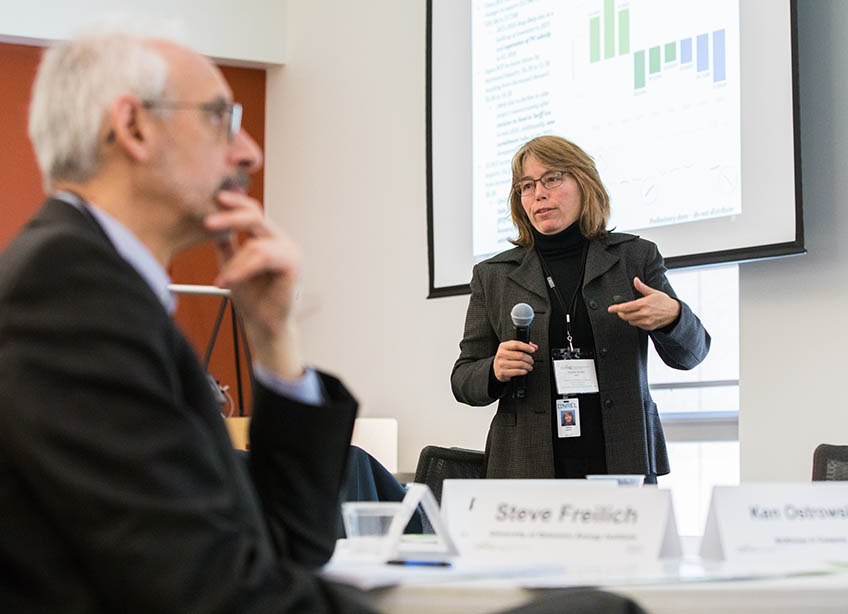
Leading the Way in Groundbreaking Natural Gas Research
JISEA launched its first major study in 2011 on natural gas, which was beginning to transform the U.S. energy sector. Very few people, even within the industry, anticipated the scale of change.
Improved technology, access to capital, and innovative business practices led to historically rapid development of shale gas supply. This caused a dramatic shift in natural gas prices and increased availability from U.S. producers, which prompted many power generation companies across the country to move away from coal power plants to natural gas.
That transition, combined with growing renewable energy generation, dropped the U.S. power system’s carbon dioxide emissions from 2008 to 2012 by 300 million tons, or 13% of total annual emissions, according to the 2012 JISEA report Natural Gas and the Transformation of the U.S. Energy Sector: Electricity.
JISEA convened leaders across industry, government, academia, and environmental organizations to look at every component of the energy ecosystem.
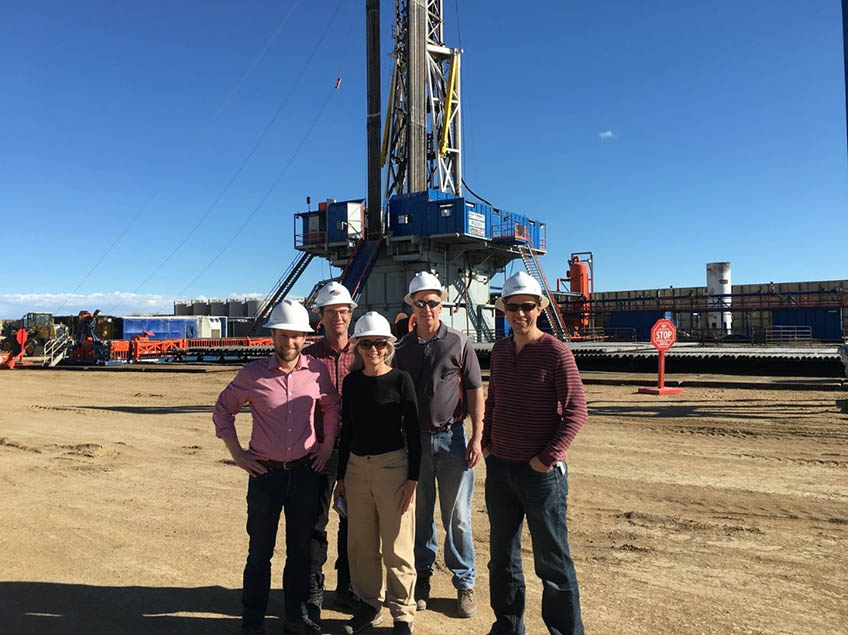
Through those partnerships, JISEA published a series of follow-up publications on largely unexplored topics (at that time) on natural gas, including emissions from natural gas production. Due to a lack of comprehensive data, it had become a polarizing topic nationwide.
“We synthesized the available data in a novel way,” said Garvin Heath, the study’s lead researcher, who has co-authored several high-profile articles on emissions from natural gas industry. “Our analysis helped to establish a baseline of understanding among disparate literature.”
The findings were published in the 2014 article “Harmonization of Initial Estimates of Shale Gas Life Cycle Greenhouse Gas Emissions for Electric Power Generation.” It is still frequently downloaded today—and remains in the top 5% of all research outputs ever tracked by Altmetric, the major data science company for scholarly literature.
JISEA continues to grow this body of work and has to date produced more than 25 publications on natural gas in relation to the environment, evolving practices, synergies with renewables and impact on the U.S. energy sector.
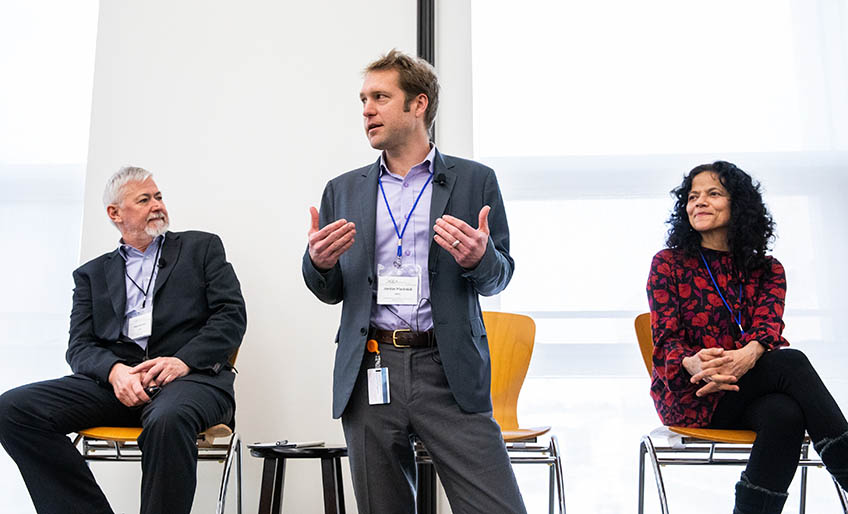
Fostering Worldwide Partnerships
Throughout its existence, JISEA has expanded to look at the (even) bigger picture by establishing worldwide partnerships.
“This energy transition isn’t monolithic,” said Jill Engel-Cox, JISEA’s current director. “Each country has its own set of natural and human resources, energy needs, and social preferences, so every clean energy solution will be unique.”
JISEA built trusted collaborations internationally as operating agent of Clean Energy Ministerial’s 21st Century Power Partnership, providing cutting-edge thought leadership reports on international energy questions. In 2015, JISEA co-authored “Power Systems of the Future” with some of the world’s most influential figures in power systems strategy.
They defined three approaches to making policy and technology decisions, as well as viable pathways, for successful power system transformation. The language they created is now the standard terminology worldwide for decision-making around power system transformation.
JISEA also established a partnership with the Children’s Investment Fund Foundation to help Mexico, India, China, Indonesia and Vietnam develop sound approaches to secure, reliable, and clean electricity as part of the country’s energy agenda. Most recently, JISEA is working with King Abdullah City for Atomic and Renewable Energy to explore strategies for renewable energy products and services to be deployed in Saudi Arabia.
“The world is very complex,” said Jeff Logan, a JISEA researcher who recently co-authored a report, among many others, about South American countries’ options for flexible, resilient power systems. “I’ve been empowered working with JISEA to think big and creatively about all the people who are impacted by changes in energy systems.”
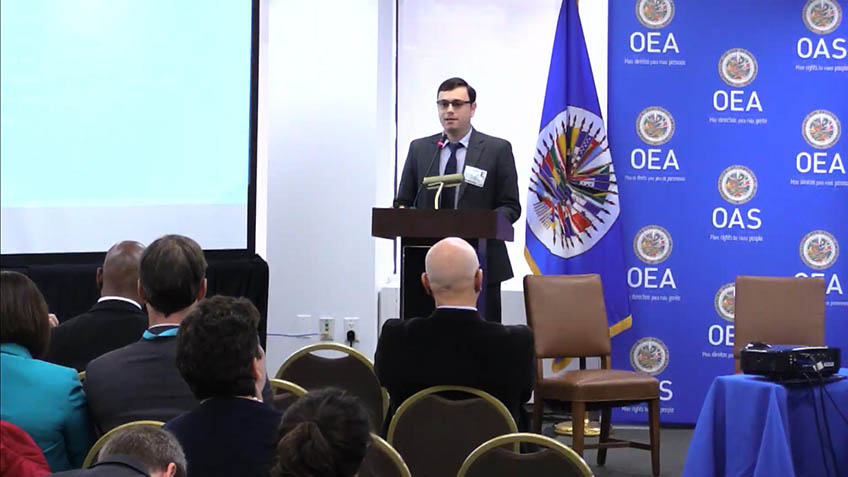
Josue Prado presents key findings from the JISEA report Options for Resilient and Flexible Power Systems in Selected South American Economies at the Organization of American States in Washington, D.C., in 2019.
What’s in Store for the Next Decade?
Today, U.S. renewable electricity has grown from 12% to 20% of total installed capacity. Natural gas now accounts for more than 40% of U.S. electricity generation. Globally, forecasts by the International Energy Agency indicate that renewables and other low carbon technologies will play an even greater role in the future energy economy. As Jill Engel-Cox said, we are at a new tipping point for large-scale renewable adoption.
So, much like it did a decade ago, the JISEA team recently met to discuss how they would continue to solve important energy questions in the U.S. and globally. The group of researchers proposed many topics: Energy-water-food nexus, supply chains and circular economy of energy technologies, the natural gas-electricity interface, clean operations for industrial processes—and the list continued.
As entire communities and sectors worldwide explore how they can adopt dynamic, diverse, flexible energy systems, JISEA analysts will only become more important to the energy solutions of tomorrow.
Jill Engel-Cox described the JISEA team as optimistic, future-looking, curious, and creative. “Energy solutions will come from systems and not silos,” she said. “When we engage different voices, they become a part of the solution.”
Note: The Joint Institute for Strategic Energy Analysis retired in February 2025.
Last Updated May 28, 2025
